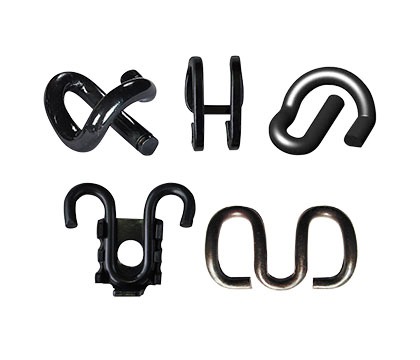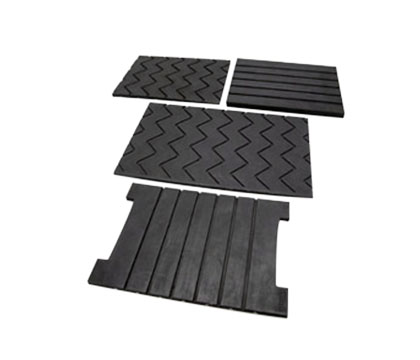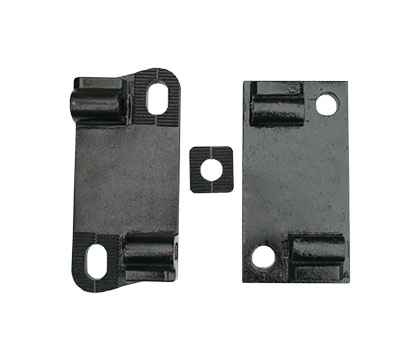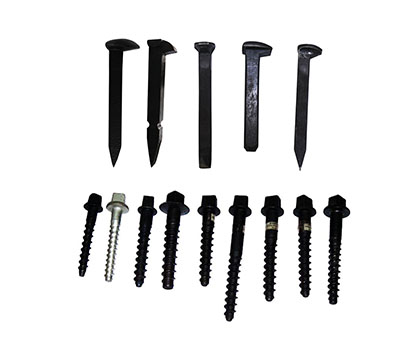Rail track maintenance means inspecting, repairing and maintaining railway tracks to keep the trains running smoothly and safely so as to prolong the service life.
If service life of railway track is reliable, railway track must be kept in good working order and regular maintenance. It is the essential ingredient to achieve this. A railway will survive for a long time with viable operation. On the contrary, it will be damaged for lacking of maintenance.
Why do railway tracks need regular maintenance?
Railway track is loaded with dynamic railway vehicles and always works in the exposed natural environment, which may cause abrasion, deformation, damage of relevant parts, change of geometry size etc. Therefore, with working hours increase, it is necessary to carry out regular maintenance in order to ensure the quality of railway track and the integrity of the equipments.
In general, Maintenance of railway track is to take periodic repairing, mainly including periodic updating, periodic comprehensive maintenance, regular inspection and key repairing of track.
How to maintain and prolong service life of railway track?
It covers all the measures for preserving and re-establishing the nominal condition of track, as well as the measures for determining and assessing the actual condition in a technical system. Below are the main types of maintenance:
1.Rail grinding
This consists of grinding machines travelling along the track with grinding stones, which are rotating stones or stones oscillating longitudinally, to abrade surface of rail. Rail grinding is conducted to correct rail corrugations, fatigue and metal flow and to re-profile the rail.
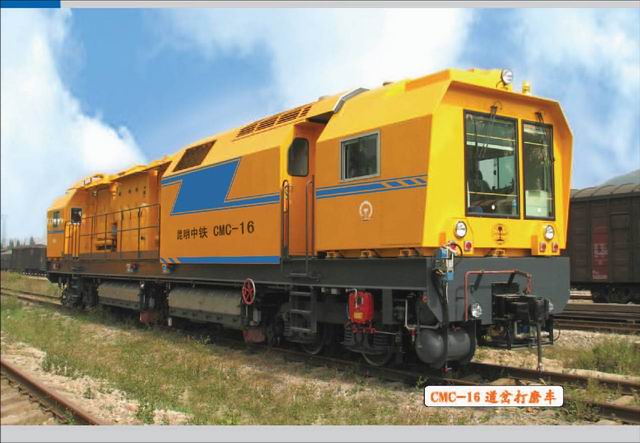
2.Rail replacement:
This may be conducted to upgrade the track to a higher gauge rail or to replace the same gauge rail due to defects, wear or derailment damage.
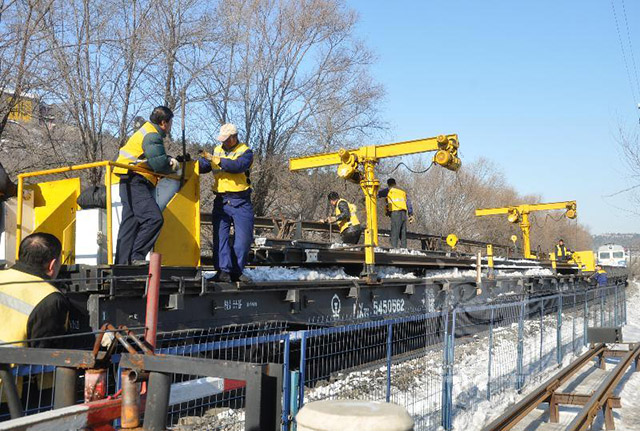
3.Tamping
This is conducted to correct longitudinal profile, cross level and alignment of track. A number of sleepers at a time are lifted to the correct level with vibrating tamping tines inserted into the ballast.
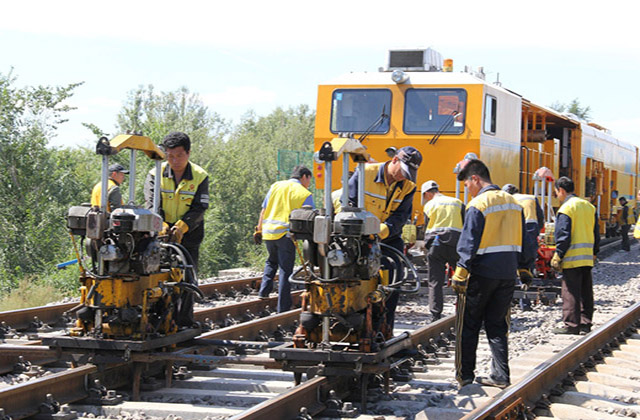
4.Track stabilization
Track stabilizers vibrate the track in the lateral direction with a vertical load to give controlled settlement. Tamping and compacting ballast underneath sleepers reduces the lateral resistance of the track. Track stabilization can restore the lateral resistance to the original level.
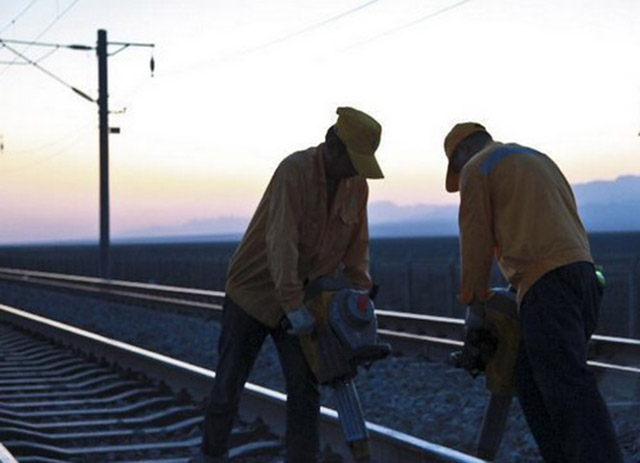
5.Ballast injection (stone blowing)
Ballast injection, or stone blowing, is conducted to correct longitudinal profile. The process introduces additional stones to the surface of the existing ballast bed, while leaving the stable compact ballast bed undisturbed.
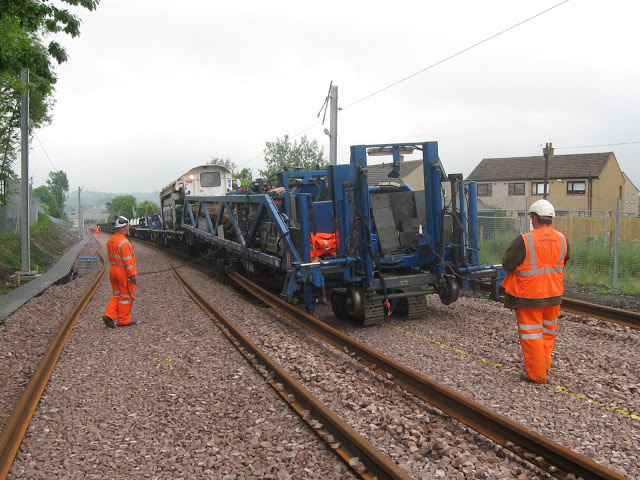
6.Sleeper replacement
In almost all types of sleeper defects, remedial action is not possible and the sleeper requires replacement. Defective sleepers can result in the rail losing the correct gauge, which can cause rolling stock derailments.
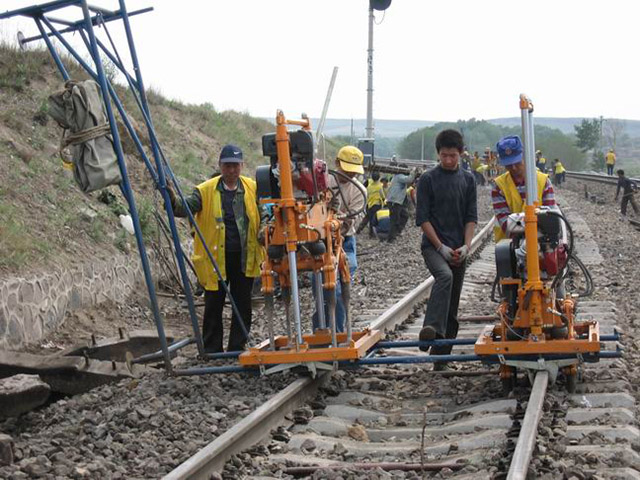
Railway security counts for much, so regular maintenance is necessary to prolong serve life of railway track. Anyang General International Co. Ltd specialized in manufacturing and supplying railway products, such as railway fishplate, railway fastening system and related fastening parts for railroad construction.

